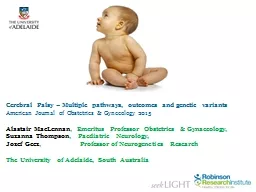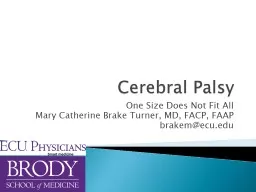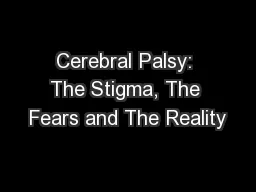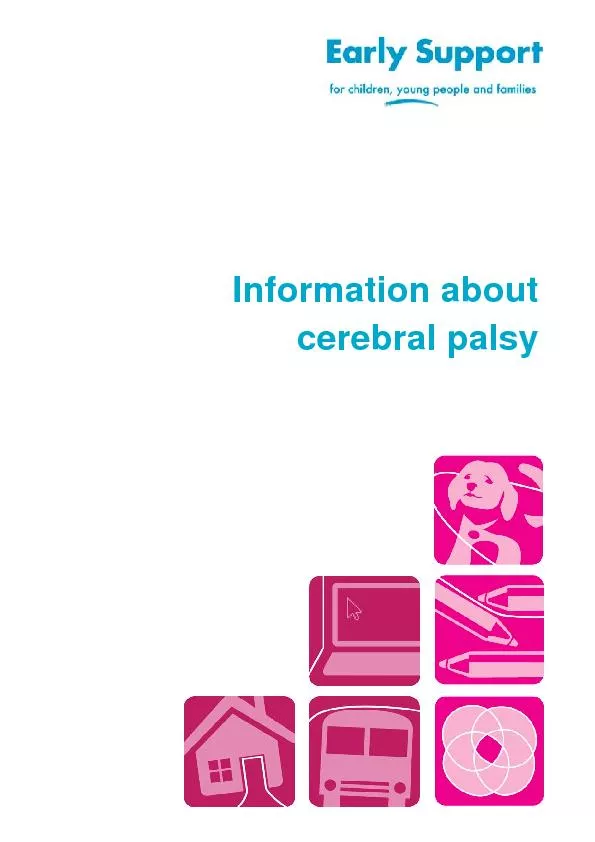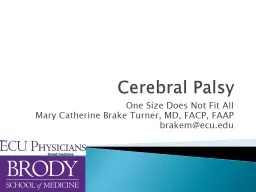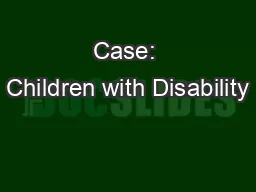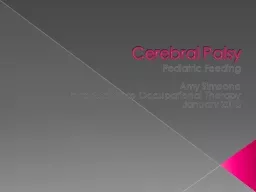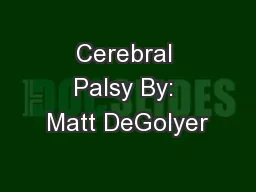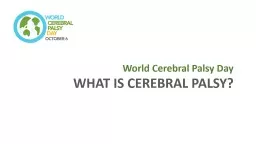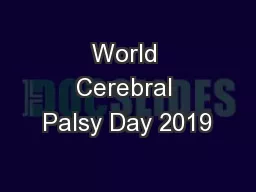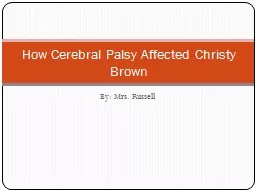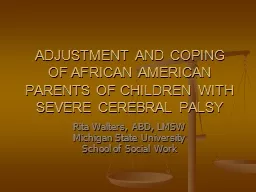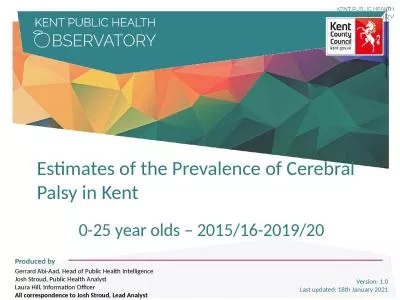PPT-Cerebral Palsy – Multiple pathways, outcomes and genetic variants
Author : RockinOut | Published Date : 2022-08-04
American Journal of Obstetrics amp Gynecology 2015 Alastair MacLennan Emeritus Professor Obstetrics amp Gynaecology Suzanna Thompson Paediatric Neurology Jozef
Presentation Embed Code
Download Presentation
Download Presentation The PPT/PDF document "Cerebral Palsy – Multiple pathways, ou..." is the property of its rightful owner. Permission is granted to download and print the materials on this website for personal, non-commercial use only, and to display it on your personal computer provided you do not modify the materials and that you retain all copyright notices contained in the materials. By downloading content from our website, you accept the terms of this agreement.
Cerebral Palsy – Multiple pathways, outcomes and genetic variants: Transcript
Download Rules Of Document
"Cerebral Palsy – Multiple pathways, outcomes and genetic variants"The content belongs to its owner. You may download and print it for personal use, without modification, and keep all copyright notices. By downloading, you agree to these terms.
Related Documents

